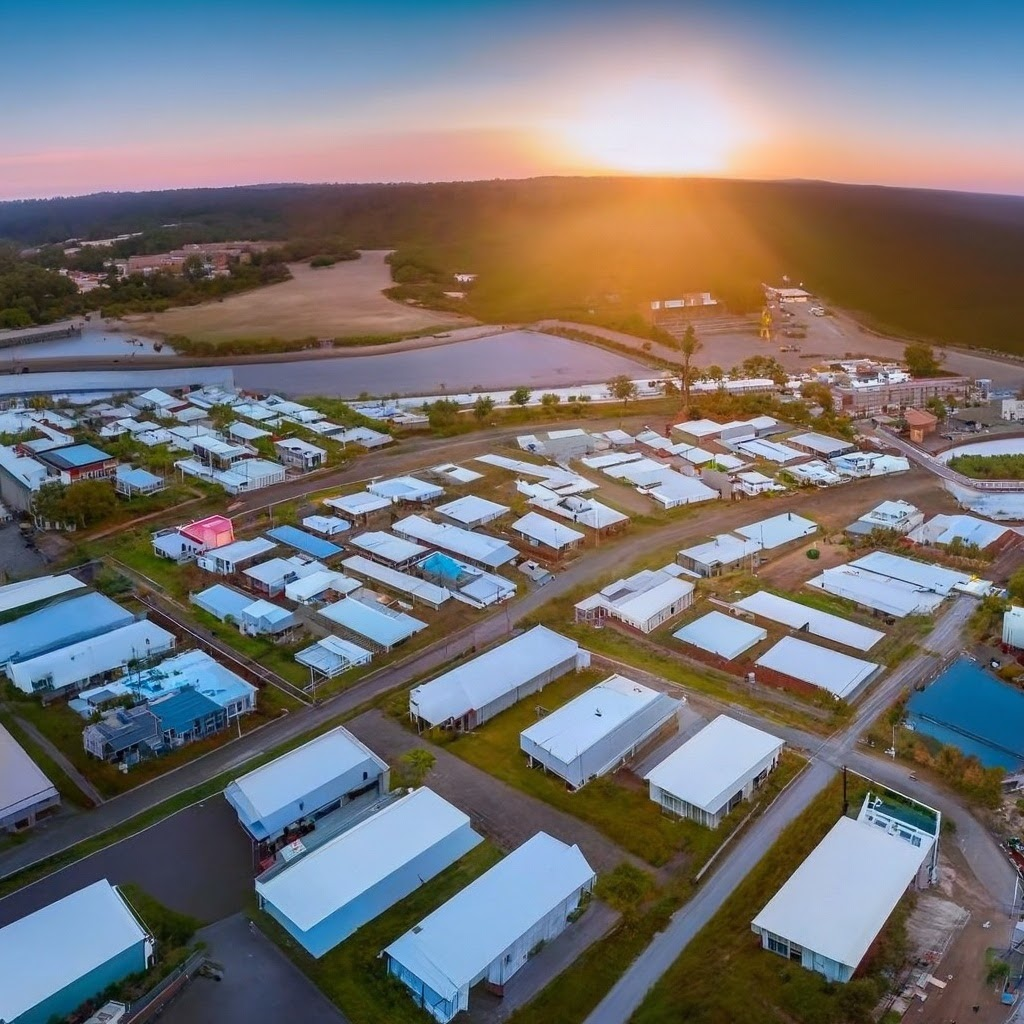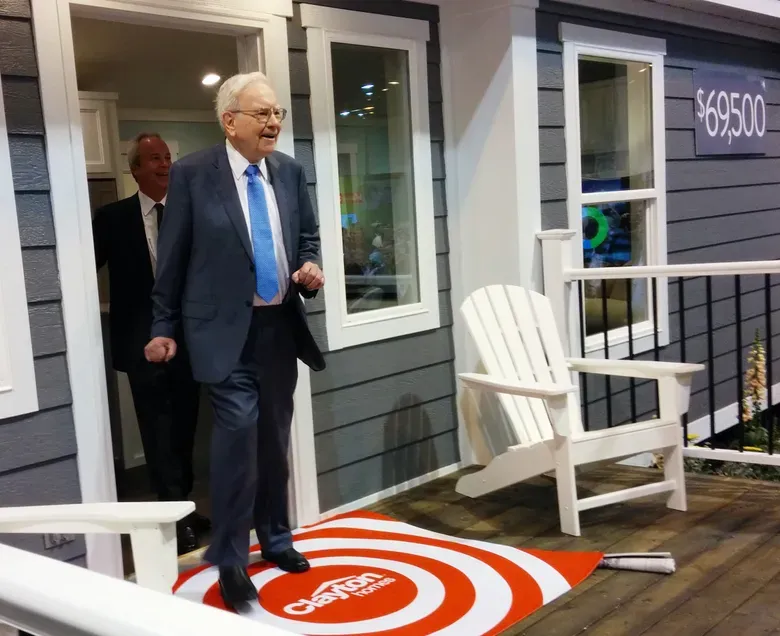Part 3 of 5 Part Series- Issues: Banks
Lending on Mobile Home Parks

Most real estate investors talk about all their successes and how great an asset class is while never talking about the challenges that come with it. Over the next 5 weeks we will be discussing 5 issues that we face on a daily, weekly, or monthly basis in our business that could cause a new investor to struggle or even fail while investing in manufactured housing communities.
When you first start out buying parks you will probably be buying small assets and have a very small balance sheet. This means that you will have to deal with local/regional banks in the area where your park is under contract. The reason for this is the national financiers in this space usually do not finance any park under $2,000,000 and most likely they will want more liquid cash/more experience than what you have when you start out. These local/regional bankers are notorious for being slow, unresponsive, know very little about manufactured housing, and have been known to do their calculations wrong. For example, we were closing on a 3-park portfolio about a year ago and the HUD statement the bank sent over to the title company said we needed to wire in $12,000 as our equity portion of the closing. When we had done the calculations and we thought it was $127,000 for our portion. We took it at face value and wired in the $12,000. At almost the close of business, the banker called us up and said he had made a mistake on the HUD, and we needed to wire in the remaining $115,000. That lesson taught us that we needed to check all the calculations the bank makes as they are prone to make mistakes.
Your priority when calling one of these banks is to get through the gatekeeper. We have found that it usually takes multiple calls just to get in touch with whoever can help with a commercial loan. After you get in touch with them, make sure to have a bio on your company ready to send as soon as you get off the phone. The speed that you get that first email out usually leaves a lasting impression on the banker. Make sure that the bio is not just a word document. It should have a logo on the top with a website that they can go to and a quality color scheme throughout the document. You may have zero experience in manufactured housing but put other items on the bio that help the banker understand on why they should even consider you. Something that Jason and I never did but should have, was bring on more experienced people that you can put on your website as “consultants” that give you the appearance of having more industry knowledge than you do. That way you can reference them as a “consultant” on your project and this will give the banker additional comfort.
The next step is to put a package together for them. This package should include a write up on where the property currently is and your plans for the property in the future. It should also include a current rent roll/profit and loss statement. Also, a proforma rent roll and profit and loss statement. Do not make the package overly complicated as the banker will probably have no idea what you are talking about. Give them a clear path to follow on what you will be doing to bring the property income up and make the property look better. When the banker receives the package, set up a follow up call to walk them through the package, so it reinforces what you are trying to do. Answer all the questions that they have and lastly ask them to come drive through the property. Most of the time they will decline but if they accept, be sure to show them how you will improve the property as you drive through it. As well, take them to the surrounding area and tell them why you think the new tenants you will be bringing into the property will like the area they are living in. For example, I took a banker through a property we were going through a refinance on and showed him the additional areas we were going to put cap ex into. Then I took him on a drive of the surrounding area and showed him where a new gas station was built on a hard corner, an area of land that had just been cleared for a recreation center/soccer field and where a developer had just broken ground on a new laundry matt. All these items showed the banker that I had taken a deep dive into the area, and it also showed that other banks/investors were pouring money into the area.
Make sure to stay on top of the checklists that the banker needs. If you send an email with a trailing 12-month profit and loss statement and a survey, include in the email that you would like a confirmation that the banker received the data, and it was the data that they needed. I cannot tell you how many times Jason and I have sent bankers multiple emails with the same information. The faster they can check their boxes, the faster you can find out if the loan committee is going to approve your loan.
Lastly, try to meet with the banks appraiser when he comes out to the property. We have found that most of our evaluations go up tremendously when Jason or I meet with the appraiser on site. We believe this is the case because we can explain the plan to them as they walk the property and reference some comparable sales in the area that they may have overlooked. We also try to build rapport with them as we explain the plan. Bringing a human element into the appraiser’s view will hopefully remove you from being another number in the stack of paperwork they have to complete.


